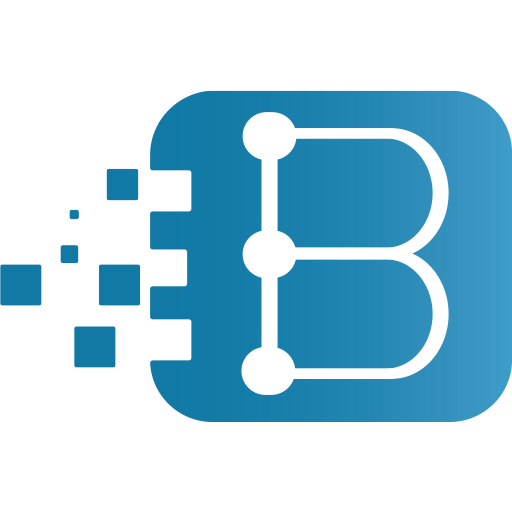Software development is a complex and challenging process that requires careful planning and execution. Whether you are a startup founder or a product manager at an established company, launching a successful software product requires careful planning and execution. In this guide, we’ll take you through the entire process of software development, from ideation to launch, and provide tips and best practices to help you succeed.
1- Ideation
The first step in any software development project is to identify the problem you are trying to solve and come up with a viable solution. This process is called ideation. To successfully ideate, you need to have a clear understanding of your target audience, their pain points, and what they need from your product. Once you have a solid understanding of these factors, you can start brainstorming potential solutions and testing them with your target audience.
2-Requirements Gathering
After ideation, the next step is to gather requirements for your software product. This involves defining the features and functionality that your product must have to meet the needs of your target audience. To gather requirements, you can conduct user interviews, create user personas, and use other user research methods. It’s important to involve stakeholders from different parts of your organization in the requirements gathering process to ensure that everyone’s needs are being met.
3-Design
Once you have a clear set of requirements, you can move on to the design phase. During this phase, you will create wireframes and prototypes of your software product to help you visualize how it will look and function. It’s important to involve users in the design process to get feedback on usability and ensure that your product is intuitive and easy to use.
4- Development
After the design phase, it’s time to start developing your software product. This involves writing code, building databases, and integrating third-party services, among other tasks. It’s important to have a clear development plan in place to ensure that your team is working efficiently and effectively. Agile methodologies such as Scrum can be particularly helpful for managing software development projects.
5- Testing
Once development is complete, it’s time to move on to testing. This involves running various tests to ensure that your software product is functioning as expected and is free from bugs and errors. Testing should be an ongoing process throughout the development cycle, with regular testing performed at each stage.

6-Launch
After testing is complete, it’s time to launch your software product. This involves deploying your software to production and making it available to your target audience. It’s important to have a clear launch plan in place to ensure that your product gets the attention it deserves. This might involve marketing and advertising campaigns, social media outreach, and other promotional activities.
In conclusion, launching a successful software product requires careful planning and execution. By following the steps outlined in this guide, you can increase your chances of success and avoid common pitfalls that can derail your project. Remember to involve stakeholders from different parts of your organization, involve users in the design process, and use agile methodologies to manage the development process. With the right approach, you can turn your software idea into a successful product that meets the needs of your target audience.
Recent Comments